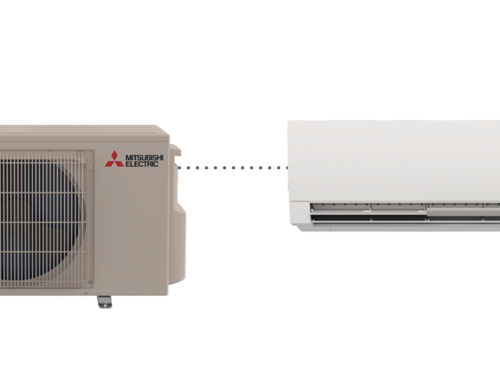Heat pumps have gained significant attention in the residential and commercial heating and cooling sectors due to their energy efficiency and cost-saving benefits. As sustainability and cost-effectiveness become increasingly crucial for homeowners and businesses, understanding the comprehensive cost savings associated with heat pumps is essential. This article provides a detailed analysis of the cost savings of heat pumps, exploring their operational efficiency, long-term financial benefits, and potential return on investment. By delving into the various factors that contribute to cost savings, we can uncover the economic advantages of integrating heat pump technology into heating and cooling systems, leading to informed decision-making and enhanced financial planning for both residential and commercial properties.
Operational Efficiency and Energy Savings:
One of the primary drivers of cost savings with heat pumps is their operational efficiency and the resulting energy savings. Heat pumps operate by transferring heat from one location to another, providing both heating and cooling functions depending on the specific requirements. Unlike conventional heating systems that rely on energy-intensive processes, heat pumps utilize minimal energy to transfer heat, resulting in substantial energy savings for users. By leveraging the ambient heat from the air, ground, or water sources, heat pumps offer a more sustainable and cost-effective solution for maintaining indoor comfort, reducing overall energy consumption, and lowering utility bills for homeowners and businesses.
Lifecycle Cost Analysis:
Conducting a comprehensive lifecycle cost analysis is crucial for evaluating the long-term financial benefits of heat pumps. While the initial installation costs of heat pump systems may appear higher compared to traditional heating and cooling solutions, their long-term operational efficiency and energy savings contribute to significant cost reductions over the lifespan of the equipment. By considering factors such as installation expenses, maintenance costs, energy consumption, and equipment longevity, a thorough lifecycle cost analysis enables users to make informed decisions about the economic viability of heat pumps and their potential impact on overall cost savings and budget planning.
Return on Investment (ROI):
Understanding the return on investment (ROI) associated with heat pumps is essential for assessing their economic benefits and long-term financial gains. The ROI of heat pump systems is influenced by various factors, including initial investment, energy savings, maintenance costs, and potential government incentives or rebates. By calculating the projected ROI based on estimated energy savings and operational efficiency, users can determine the payback period for their heat pump investment and evaluate the overall financial feasibility of integrating heat pump technology into their heating and cooling systems. A positive ROI signifies the economic advantages and cost savings associated with heat pump installations, making them a practical and lucrative investment for both residential and commercial properties.
Environmental Impact and Cost Benefits:
Beyond direct cost savings, heat pumps offer significant environmental benefits that contribute to long-term cost reductions and sustainability. By reducing reliance on fossil fuels and minimizing greenhouse gas emissions, heat pumps promote environmental stewardship and energy conservation, leading to potential cost benefits associated with carbon footprint reduction and eco-friendly initiatives. Additionally, the use of renewable energy sources in conjunction with heat pumps further enhances their environmental impact and cost benefits, positioning them as a viable and sustainable heating and cooling solution that aligns with global energy efficiency and conservation goals.
Maintenance and Operational Costs:
The maintenance and operational costs of heat pumps play a critical role in determining their overall cost savings for users. Compared to traditional heating and cooling systems, heat pumps require minimal maintenance and operational expenses, resulting in reduced long-term costs and enhanced financial savings. With fewer moving parts and simplified maintenance requirements, heat pumps offer users a cost-effective and hassle-free heating and cooling solution that minimizes the need for frequent repairs or replacements, leading to improved operational efficiency and sustainable cost savings over the lifespan of the equipment.
Conclusion:
The comprehensive analysis of the cost savings of heat pumps highlights their operational efficiency, lifecycle cost benefits, return on investment, environmental impact, and maintenance and operational cost advantages. By considering these various factors, users can gain a holistic understanding of the economic benefits and long-term financial advantages associated with integrating heat pump technology into their residential or commercial heating and cooling systems. As sustainability and cost-effectiveness continue to shape the modern energy landscape, heat pumps emerge as a practical and lucrative solution that offers both economic benefits and environmental stewardship, contributing to a more sustainable and energy-efficient future for homeowners, businesses, and communities.







Leave A Comment